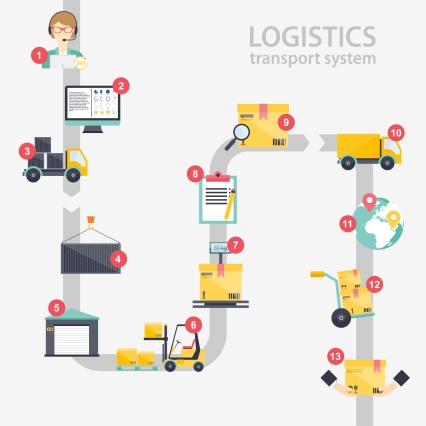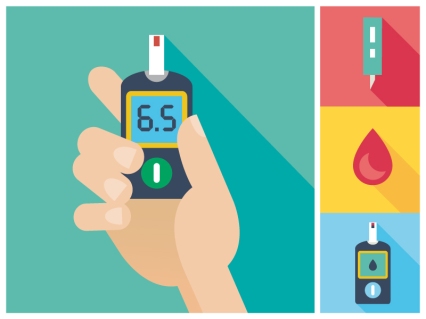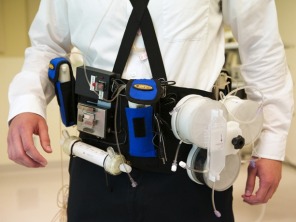 Two years ago, we learned that as many as 1,000 of our nation’s veterans passed away while waiting for medical care from Department of Veterans Affairs (VA). Despite the increased attention directed at the VA in the wake of the scandal, and the numerous pieces of legislation passed to turn the department around, in 2016 nearly half a million veterans are still waiting more than 30 days for an appointment.
Two years ago, we learned that as many as 1,000 of our nation’s veterans passed away while waiting for medical care from Department of Veterans Affairs (VA). Despite the increased attention directed at the VA in the wake of the scandal, and the numerous pieces of legislation passed to turn the department around, in 2016 nearly half a million veterans are still waiting more than 30 days for an appointment.
The causes of the VA’s inefficiencies are manifold, but chief among the department’s shortcomings are its decentralized procurement methods and its lack of spending discipline.
Procurement Failures
Regularly procured pharmaceuticals and medical devices without terms and conditions
- Allowed officials without authorization to make major purchasing decisions
- Government purchase cards given to contracting officers with little or no oversight
- Individual VA employees buying thousands of medical supplies at retail rates, right off the shelf
- Did not track unauthorized spending on medical care and supplies
Institutionalized Waste
- The VA spent $751.1 million on ‘household’ and ‘office’ furniture between 2010 and 2015.
- Shockingly, two contracts worth a combined $94.94 million went to luxury, high-end furniture manufacturers: Herman Miller and Knoll, Inc. The latter has 40 designs in The Museum of Modern Art in New York City.
- The VA spent $303 million on gardeners, interior designers and painters between 2012 and 2015.
- The VA has spent $99.4 million on ‘Public Affairs’ (PR) salaries and bonuses since 2012.
- In 2015, the VA spent nearly $2 million on police gear.
- Items purchased included riot helmets, body armor, armored mobile shields, Kevlar blankets, tactical gear, and other security-related products.
- In 1996, VA police officers didn’t even have the authorization to make arrests or carry firearms.
- The VA spent $1.7 million on ‘employee engagement’ and other satisfaction surveys between 2010 and 2014.
Caretech Group: Expense Management Solutions for Healthcare Facilities
Caretech Group helps long-term care facilities break free of perpetual overstocking, increase standardization, and reduce variance in procurement by giving purchasing directors expert consulting, advanced analytic software, and assisting with vendor selection. To learn more about our services, please visit our homepage or contact us today!






You must be logged in to post a comment.